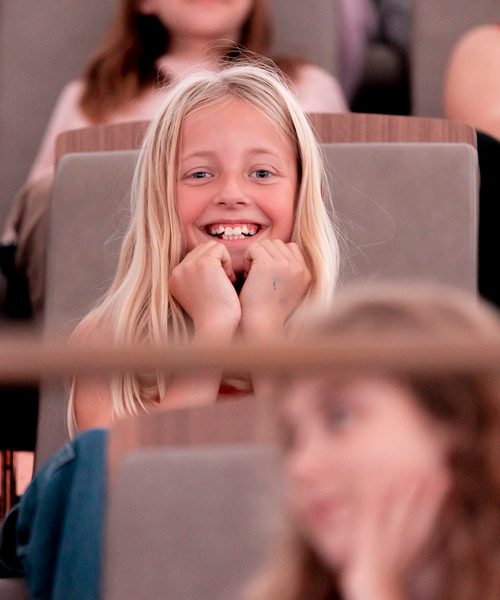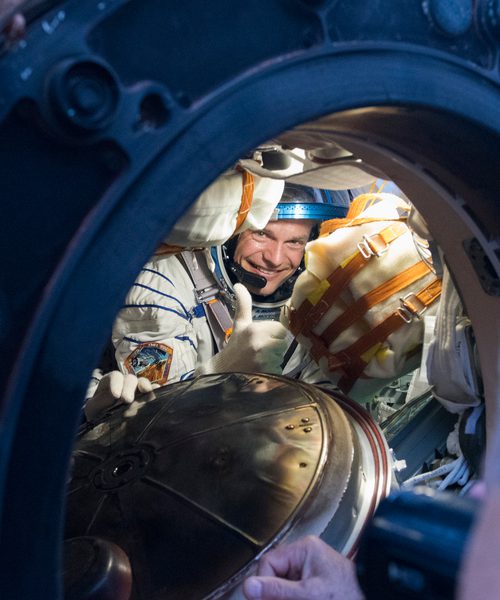
The starry sky right now
See what you can see in the night sky throughout the year and get tips on the best places and times to experience some of the night sky's most exciting phenomena, including the Northern Lights. We've gathered a number of websites and apps so you can easily stay up to date on the current night sky
The starry sky all year round
The night sky has fascinated humans for thousands of years.
The migration of planets across the celestial arc, meteor showers, northern lights and eclipses. The starry sky is full of beautiful and interesting phenomena.
Throughout the year, it is often possible to see one or more planets in the sky. The clearest planets we can see are Venus and Jupiter.
Venus is visible just after sunset or just before sunrise and is the brightest object in the sky after the Sun and Moon.
Jupiter is typically visible later in the night and is also very bright in the sky.
Mars is sometimes also visible in the night sky and can be recognised by its reddish colour.
In the night sky we also find more and more satellites and sometimes it is even possible to see the International Space Station, ISS, in the sky.
At first glance, satellites may look like small stars moving at a steady speed across the night sky. Sometimes you will see a satellite suddenly light up as the Sun's rays hit the satellite and its solar panels.
Every year, at least two solar and lunar eclipses will also be visible from Earth. However, you'll be lucky if the eclipses are visible in Denmark, as they can only be seen from part of the Earth's surface.
The best times to experience the polar lights
If you want the best chance of seeing the aurora borealis (northern or southern lights), keep an eye out around the spring and autumn equinoxes.
However, the sun's activity is the most important factor when it comes to seeing the aurora. If a solar flare is pointing in the direction of the Earth, there are optimal conditions for aurora.
From Denmark, you can usually see the Northern Lights as a faint greenish glow against the northern horizon.
Auroras (northern and southern lights) occur when electrically charged particles from the Sun interact with the Earth's magnetic field. As the particles are guided towards the atmosphere at the Earth's north and south poles, the air in the part of our atmosphere that lies approximately 90-500 kilometres above the Earth's surface begins to glow.
The more particles that hit the atmosphere, the brighter the aurora becomes.
At swpc.noaa.gov you can keep track of both the Sun's activity and the chance of polar lights. The map is continuously updated.

The best surroundings for stargazing
To give yourself the best chance of experiencing the night sky, it's all about finding as dark and flat an area as possible. Preferably out in the countryside, where there isn't much artificial light.
Go early - it takes up to half an hour for your eyes to adjust to the darkness of the night.
Dress well and bring a blanket so you can sit or lie down on the ground. This will maximise your field of vision and give you an even better view of the sky - especially recommended if you're looking for shooting stars.
It's only when it's really dark that you can see the Milky Way clearly in the sky. During the night, you'll see more and more stars come into view. During the winter months when it gets really dark, you may also be lucky enough to spot the Andromeda Galaxy - the most distant object visible to the naked eye.
Certified Dark Sky areas in Denmark
In a Dark Sky Park, the night darkness is protected from man-made light pollution. This gives the area the best and clearest view of the starry sky.
Møn and Nyord have been designated as the first Dark Sky area in the Nordic region. Read more about Dark Sky on Møn.
In Northwest Jutland there is a certified Dark Sky park at Frøstrup, which spans the area around Bulbjerg-Troldsting-Lild Strand. Read more about Dark Sky Park Bulbjerg.
List of the darkest places in Denmark
NORTHERN JUTLAND
Lille Vildmose, Aalborg
Råbjerg Mile, Frederikshavn
Bulbjerg and Lild Strand, Frøstrup
Vangså, Thisted, Denmark
Vejlerne, Thisted, Denmark
MIDDLE JUTLAND
Jernhatten, Syddjurs
Holme Å, east of Tofterup, Varde
Rejkær Sande and other areas at Ulfborg Plantage, Ringkøbing-Skjern and Holstebro
Kongenshus Memorial Park, Viborg
Stavns Fjord, Samsø
SOUTH JUTLAND
Lønborg Hede, Ringkøbing-Skjern
Løjt Land, Aabenraa
Margrethe Kog, Tønder
Åskov Heath, Haderslev
Skallingen, Esbjerg
FYN
Æbelø, North Funen
Hverringe Estate, Kerteminde
ZEALAND
Saltbæk Vig, eastern side, Kalundborg
Asnæs Deer Park, Kalundborg
Avnø, Vordingborg
MØN
Møns Klint, Vordingborg
Nyord, Vordingborg
LOLLAND
Maribo Lakes, south-eastern part, Lolland
DENMARK'S SMALLER ISLANDS
Tunø, Langeland, Skarø or the islands in the South Funen archipelago are also good choices for stargazing. The desert on Anholt also offers great stargazing opportunities.
The bunkers by the North Sea, Hammershus, the King's Memorial Tower or southern Bornholm are also obvious places with enough darkness.
APPS AND WEBSITES ABOUT THE CURRENT STARRY SKY
At timeanddate.com you can see what you can observe over the Danish night sky all year round.
At heavens-above.com you can see which satellites are visible in the sky.
Google Skymap - helps you navigate the starry sky:
play.google.com
StarWalk - lets you see which constellations, stars and planets you are looking at right now by using your phone:
IOS
ANDROID







